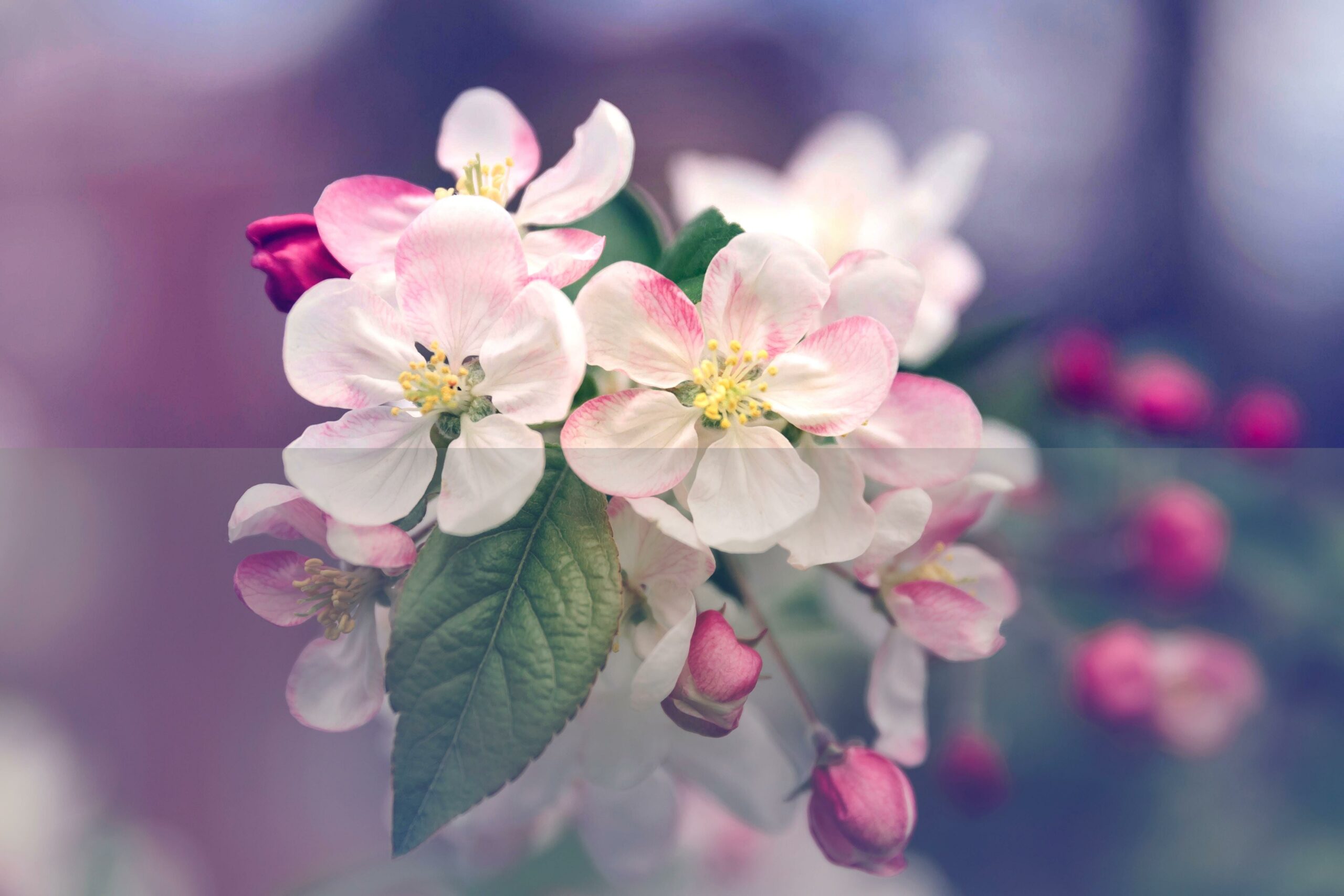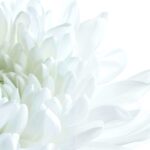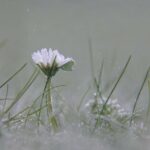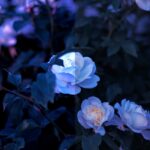Welcome to the enchanting world of flowers, where beauty blossoms in every petal and fragrance dances on the breeze. In this article, we embark on a journey through the realm of botanical wonders, unveiling 100 captivating flower facts that will leave you awe-struck. From the vivid colors of the orchid family to the delicate intricacy of a snowflake-shaped dendrobium, prepare to be amazed by the astonishing diversity and fascinating secrets that lie within the petals. Whether you’re a passionate gardener, a budding florist, or simply someone who appreciates the natural wonders that surround us, this article is sure to ignite your curiosity and deepen your love for these blooming marvels. Get ready to immerse yourself in the captivating tales that make each flower an extraordinary masterpiece.
100 Facts About Flowers
Flowers are more than just pretty petals and vibrant colors. They possess remarkable qualities and intricate characteristics that make them fascinating subjects of study. In this article, we will delve into the enchanting world of flowers and uncover 100 captivating facts that will leave you amazed at the wonders of nature.
Flowers are the reproductive structure of flowering plants. They contain both male and female reproductive organs, allowing plants to reproduce and create new generations.
Insects or birds play a crucial role in pollinating flowers by moving pollen from one flower to another. This process enables the fertilization of flowers and the production of seeds.
Did you know that there are over 400,000 flowering plants in the world? And yet, many species are yet to be discovered, making the floral kingdom a vast and exciting realm of exploration.
The smallest flower in the world is the Wolffia globosa, commonly known as duckweed. Its tiny size is deceptive, but it serves a vital role in maintaining aquatic ecosystems.
On the other end of the spectrum, we have the Rafflesia arnoldii, the largest flower in the world. It can grow up to three feet in diameter and emits a foul odor to attract flies for pollination.
Flowers are not restricted to being colorful and fragrant. In fact, the state flower for Maine is a pinecone, symbolizing the state’s evergreen forests.
When it comes to fragrance, white flowers often take the crown. They tend to have a stronger scent than their colorful counterparts, captivating our olfactory senses with their delicate perfume.
Tulip bulbs can do more than just produce beautiful blooms. They can also serve as a substitute for onions in recipes, adding a unique flavor and texture to culinary creations.
Dandelion leaves, often considered pesky weeds, have hidden potential. They can be dried, roasted, and brewed into a caffeine-free coffee substitute, providing a warm and earthy beverage.
Some flowers prefer to bloom under the cover of darkness. Moon flowers, for instance, unfurl their delicate petals only at night, captivating nocturnal pollinators with their ethereal glow.
While lilies are undeniably striking flowers, they can pose a severe threat to our feline friends. These blooms are highly toxic to cats and should be kept out of their reach.
The rose reigns as the most popular flower in the world, boasting an astounding 50,000 different varieties. Each one possesses its own unique charm and symbolism, adding to the allure of this timeless bloom.
Flowers hold sentimental and emotional value, often bestowed as gifts to express love, gratitude, or condolences. Their beauty and fragility symbolize the fleeting nature of life and the importance of cherishing precious moments.
Beyond their aesthetic value, flowers have therapeutic properties that can soothe the soul and calm the mind. Aromatherapy utilizes the scents of flowers to promote relaxation, balance, and overall well-being.
Did you know that the color of hydrangea flowers can be influenced by the soil they grow in? Acidic soil produces blue flowers, while alkaline soil yields pink flowers. This natural phenomenon allows for vibrant displays of color in gardens.
Flowers have evolved various strategies to attract pollinators, and one of these is the production of nectar. This sweet reward entices bees, butterflies, and other insects, encouraging them to visit and subsequently pollinate the flowers.
Some flowers, however, have taken a more exclusive approach to fragrance. They release fragrant molecules that specifically attract bees, ensuring that only their chosen pollinators visit their blooms.
Flowers have a hidden language known as the language of flowers. Each flower has its own meaning and symbolism, allowing us to convey specific emotions and messages through the careful selection of floral arrangements.
Flowers have been integral to various cultural practices and rituals throughout history. From weddings to funerals, celebrations to ceremonies, they hold deep-rooted significance, transcending borders and generations.
Flowers have captured our imagination in magic and folklore. They have been associated with love spells, healing rituals, and mythical creatures. Their mystical allure has woven them into the fabric of human stories and legends.
As you can see, flowers are not just delicate decorations; they are marvels of nature filled with wonders and secrets waiting to be discovered. From their reproductive mechanisms to their cultural significance, each flower has a story to tell and a purpose to fulfill. Next time you encounter a blooming blossom, take a moment to appreciate the intricate beauty and captivating facts that lie within its petals.
“Flowers are not only beautiful but also hold a multitude of wonders within them, inviting us to explore their hidden depths.”
Flowers, oh how they captivate us with their vibrant colors and enchanting scents! Did you know that there are countless fascinating facts about flowers? From their fascinating ability to communicate with bees through the language of color and scent, to their intriguing role in different cultures and traditions, flowers truly have a story to tell. If you’re curious to learn more about these remarkable botanical wonders, click here for some facts about flowers.
Names of 100 Different Types of Flowers
[youtube v=”jiwSvZ8Nvlo”]
Introduction
Flowers are not only beautiful but also play a crucial role in the reproduction and continuation of flowering plants. Insects and birds, acting as pollinators, are essential in this process. With over 400,000 known flowering plants in the world, and more yet to be discovered, the variety of flowers is astounding. From the smallest flower, the Wolffia globosa, to the largest, the Rafflesia arnoldii, flowers come in all shapes and sizes. In this article, we will explore the fascinating world of flowers, highlighting 100 different types of flowers from around the globe.
The Fascinating World of Flowers
Flowers are diverse and captivating, each with its own unique characteristics. Let’s delve into the world of flowers, where beauty meets botanical wonders:
Roses
Roses hold the title of the most popular flower, boasting an incredible 50,000 different varieties. They are often given as gifts to express love, gratitude, or condolences.
“Roses are not only visually stunning but also carry a symbolic meaning that transcends languages.”
Tulips
Tulips are not only renowned for their vibrant colors but also for their culinary uses. Tulip bulbs can be a substitute for onions in various recipes, adding a unique twist to dishes.
“Next time you’re cooking, consider adding tulip bulbs for an unexpected burst of flavor.”
Dandelions
Though often viewed as weeds, dandelions have their culinary merits. The leaves can be brewed into a caffeine-free coffee substitute, providing a unique alternative for coffee lovers.
“Next time you’re looking for a caffeine-free energy boost, give dandelion coffee a try!”
Moon Flowers
Moon flowers bloom at night, captivating observers with their ethereal beauty. These nocturnal blooms add an enchanting touch to any garden or outdoor space.
“Witness the magic of nature unfolding during moonlit nights with these mesmerizing moon flowers.”
Lilies
While lilies may be visually stunning, they are toxic to cats. Pet owners need to exercise caution when having lilies around their furry friends to ensure their safety.
“Admire the breathtaking beauty of lilies while keeping your feline friends safe from harm.”
Therapeutic Properties and Cultural Significance
Beyond their aesthetic appeal and culinary uses, flowers possess therapeutic properties and hold cultural significance. Let’s explore some fascinating aspects:
The Language of Flowers
Flowers have a hidden language known as the “language of flowers.” Different flowers hold symbolic meanings, which have been used for centuries to communicate emotions and messages.
“Unlock the secret messages conveyed by flowers and let them speak on your behalf.”
Flower Power in Aromatherapy
Flowers have long been used in aromatherapy, harnessing their delicate fragrances to promote relaxation, alleviate stress, and enhance well-being.
“Immerse yourself in the soothing scents of flowers, and let their therapeutic powers envelop your senses.”
Cultural Practices and Rituals
Flowers have been an integral part of various cultural practices and rituals throughout history. They are used in ceremonies, celebrations, and rites of passage, symbolizing different aspects of life.
“Discover the rich cultural significance of flowers and their importance in celebrations and traditions worldwide.”
Conclusion
Flowers are not simply decorations. They have a profound impact on our lives, from pollination to cultural rituals. With their vast variety and beauty, flowers never cease to amaze, offering us joy, meaning, and therapeutic benefits. Explore the world of flowers, their names, and their hidden secrets, and let them add color and fragrance to your life.
Remember to subscribe to Kiddopedia’s channel for more educational videos that unlock the wonders of the natural world.
FAQ
What are flowers?
Flowers are the reproductive structure of flowering plants. They play a vital role in plant reproduction by producing seeds.
How do flowers get pollinated?
Flowers are pollinated by insects or birds, which help in the transfer of pollen from one flower to another. This process is essential for fertilization and the production of seeds.
How many species of flowering plants are there in the world?
There are over 400,000 known species of flowering plants, but it is believed that many more are yet to be discovered.
What is the smallest flower in the world?
The smallest flower in the world is the Wolffia globosa, also known as duckweed. It is so tiny that it can easily fit on the head of a pin.
What is the largest flower in the world?
The largest flower in the world is the Rafflesia arnoldii. It can grow up to three feet in diameter and emits a strong odor to attract pollinators.
- SYBAU See You Baby Meaning: Gen Z Slang Evolves - July 1, 2025
- Unlock Your Inner Youth: Lifestyle Secrets for a Vibrant Life - July 1, 2025
- Decode SYBAU Meaning: Gen Z Slang Explained - July 1, 2025






